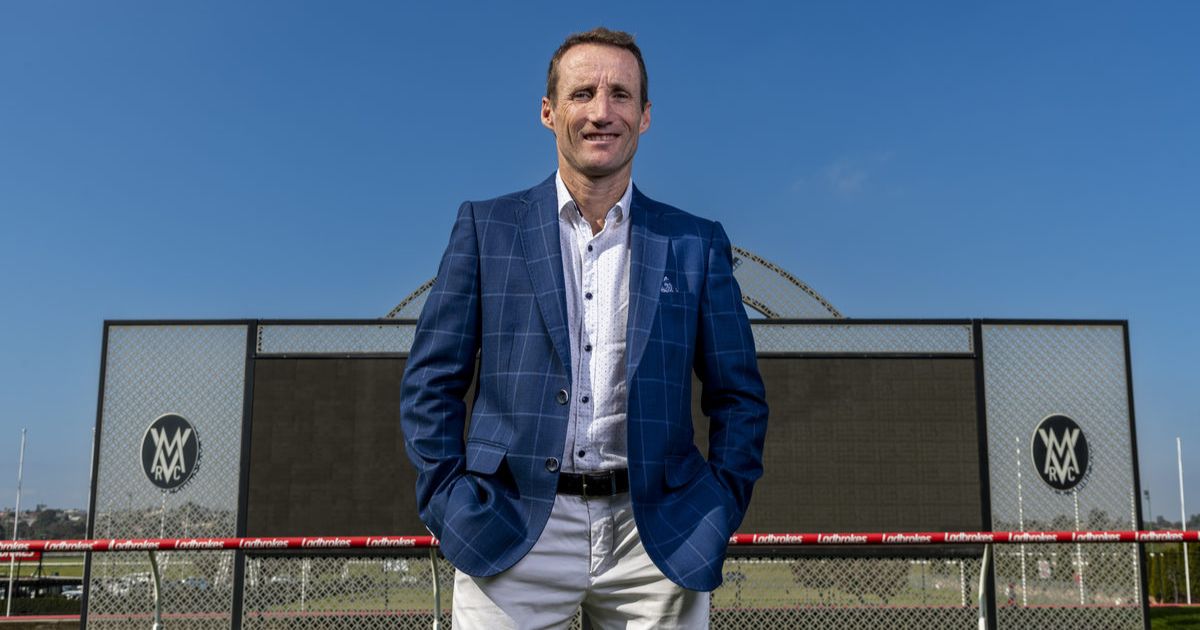Victoria’s longest life saving season ends
VICTORIA’S life saving season has finally come to an end and Life Saving Victoria and its 57 volunteer life saving clubs have taken down the red and yellow flags for the last time this season.
The season was extended due to an increase in people visiting the beach as a result of COVID travel restrictions and made possible by a $1.7 million funding boost from the Victorian Government.
During the extended season volunteer life savers and lifeguards undertook a staggering 232,000 preventative actions, 602 rescues and 15 helicopter winches using the Westpac Lifesaver Rescue Helicopter Service across the Victorian coastline.
Surf Coast, Bellarine and Geelong region volunteer life savers and lifeguards performed 92 of these rescues and 55,000 preventative actions, compared with 27,000 preventative actions in the 2019-20 season.
Point Lonsdale Surf Life Saving Club member James Coutie said there were several factors contributing to the high numbers.
“This summer we saw many Victorians staying and holidaying closer to home which meant our waterways were visited by people unfamiliar with the beaches or people who hadn’t practiced their swimming skills for many months due to COVID-19 lockdowns,” Mr Coutie said.
Tragically, the 2020-21 season also leaves behind one of the worst drowning tolls to date, with 51 fatal drownings recorded in Victoria since July 1, 2020.
Each of these drownings occurred outside of patrol times and locations, leading for calls to extend patrol hours and the season permanently.
Fairhaven Surf Life Saving Club member and Rescue Water Craft (‘RWC’) operator Maddy Green said water safety shouldn’t end with the summer.

“Vigilance around water is so important all year round, especially during winter when life savers are not there to keep an eye on you,” she said.
This season Maddy completed 110 hours of voluntary patrols at Fairhaven and during this time performed four rescues using the RWC.
Life Saving Victorian is constantly looking at ways to save lives and new technology such as drones are increasingly being used as a tool to keep an eye on more people and places.
“Using drones to map our popular beaches means we identify risks and plan events,” Mr Coutie said.
“The fact that drones allow for surveying from a distance also allowed lifesavers to maintain social distancing during COVID-19.”
Drones also enable LSV to collaborate more effectively with other emergency services, including Victoria Police.
“Earlier in the 2020-21 season for example, the Sandridge Life Saving Club was setting up for patrol and were approached by Victoria Police officers searching for a missing person,” Mr Coutie said.
“We were able to fly the drone up the coast and within five minutes we had identified the person and could direct the police to them and ensure they were seen to safety.”
Mr Coutie said during the winter season he encourages people keen for their water fix to consider visiting their local public pool where trained professional lifeguards can keep an eye on them.


















